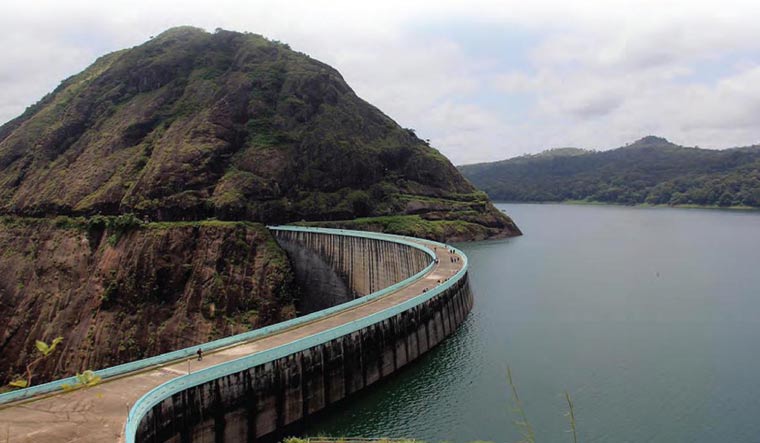While most of the attention on the formation of the second Narendra Modi government focussed on who got the 'big 4' ministries, a new, less-glamorous ministry may well play a key role in determining chances of Modi having a third term in office.
The Jal Shakti (water power) ministry was formed after the merger of the ministries of water resources, drinking water and sanitation. Jodhpur MP Gajendra Singh Shekhawat took charge of the ministry on Friday after portfolios were announced.
After taking charge, Shekhawat told mediapersons, “All the water-related works will be merged under one ministry.” The formation of the Jal Shakti ministry is in keeping with Modi's election campaign promise of forming an integrated ministry dedicated to water issues.
The ambit of the Jal Shakti ministry will encompass issues ranging from international and inter-state water disputes, the byzantine Namami Ganga project and provision of drinking water. The last one is a key element of the BJP's campaign promise of the 'Nal se Jal' scheme to provide drinking water to every household in the country by 2024. Management and utilisation of water resources has tended to be a complicated matter in India as water is a state subject.
The formation of the Jal Shakti ministry could not have come earlier for the Modi government, and India. In June 2018, the NITI Aayog released a Composite Water Management Index, which painted a grim picture on the state of drinking water resources. The NITI Aayog report noted, “by 2020, 21 major cities, including Delhi, Bangalore and Hyderabad, are expected to reach zero groundwater levels, affecting access for 100 million people”. The NITI Aayog report said “600 million people in India face high-to-extreme water stress in the country”.
Not just availability of water, but also its quality, is a major concern. The NITI Aayog report said nearly 70 per cent of the water in the country was contaminated and the country was ranked 120th among 122 countries on the water quality index.
The recent warnings of drought conditions for Maharashtra, Gujarat, Karnataka and other states also highlight the vulnerability of the agriculture sector. Around 53 per cent of agriculture activity in India is rain-fed.
(With PTI inputs)





.jpg.image.100.58.jpg)




